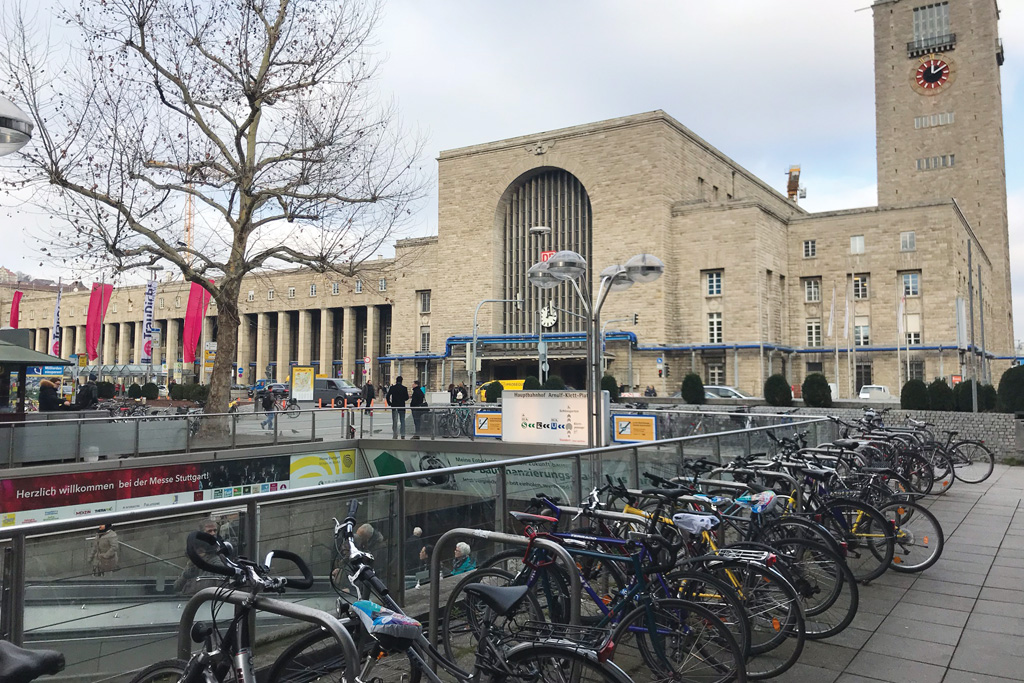One day when the Gautrain is all grown up…

While Rail transport is not a strict focus of this magazine, it doesn’t mean I can’t appreciate a decent system when I see one…
It’s amazing how being removed from our daily routine can open our eyes to a better way of doing things. I started the year with a quick trip to Germany, final destination: Stuttgart (cue flashback of inquisitive immigration officials).
Despite being around since the tenth century, Stuttgart city covers an area of 207,36 km2 while its metro is home to 5,2-million citizens. By comparison, Johannesburg city (founded in the 19th century) covers an area of 334,81 km2 and its metro is home to 9,6-million citizens. What this means is that the population density of the Swabian city is slightly higher – by 100/km2 – than South Africa’s own city of gold.

As ever, the German’s stereotypical efficiency – from the airports to touring the country’s “home of the automobile” – was something to behold. Especially when the city’s public transport was called upon.
It was specifically the comprehensive network of rail links that impressed me most. The city has two types: the Stadtbahn light-rail system (also known as the U-Bahn), which has succeeded the city’s tram network since 1985, and the S-Bahn, which connects the city’s outlying suburbs and nearby towns.
The S-Bahn is probably closest to Gauteng’s own Gautrain – with modern, spacious, comfortable carriages – except it is a 190-km long system with 75 stations and it carries approximately 330 000 passengers every workday…
All trains pass through the city’s main railway station, the Stuttgart Hauptbahnhof, which, itself, is something to see – neat and clean and with lots of stores. Oh, and the only turnstiles you’ll see are to access the WCs … yes, that term is still used in Germany …

But, I digress. The level of principle German commuters seem to have is such that, even though they could simply walk onto a train and ride all around the city (humans being humans, I’m sure it happens), they still queue for tickets and pop them into the receiver as they descend to the platform.
Imagine South African commuters – Metrorail, Gautrain, whatever – doing the same. That said, a big surprise to me was that the rail links don’t (not that I saw) have a tap-and-go card system.
Not a single train was late, and nor were the two busses we caught during our travels. OK, I lie, the one was about 40 seconds late! While we stood around angrily waiting (not really), we joked that most South Africans would consider that to be early. However, I do hope the driver still has his job – the bus-stop posts list numbers to call if the bus does not arrive on time!
And so, while back home I (thankfully) have no need, or desire, to use Metrorail, I do think that the Gautrain is a pretty convenient way to travel between Joburg and Pretoria when I need to do so – however, if I lived in Stuttgart I would almost certainly make regular use of its rail network to get around.
Wouldn’t it be great if our local systems were as far reaching and well planned?
Published by
Focus on Transport
focusmagsa



